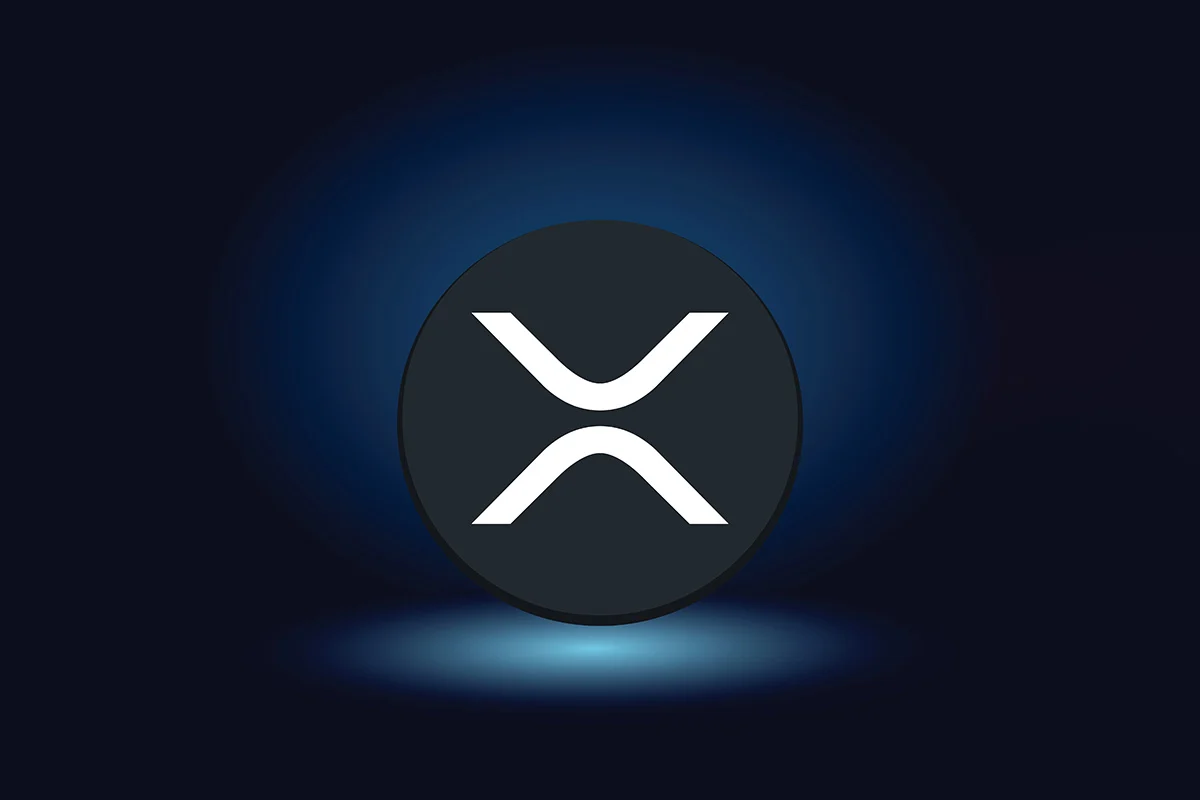Pi Coin is currently locked in a prolonged period of sideways price action, a pattern that signals growing trouble for the altcoin. With the cryptocurrency trading flat for the past two weeks, investor sentiment has notably turned bearish.
This lack of positive momentum, coupled with minimal support from the broader crypto market, is worsening conditions for Pi Coin and pushing it closer to a potential price breakdown.
Pi Coin Investors Remain Skeptical
Weighted sentiment, a key measure of collective investor mood, is flashing red for Pi Coin. The indicator has dipped well below the neutral line, highlighting deep pessimism among market participants. This bearish outlook reflects a growing lack of confidence in Pi Coin’s near-term prospects.
Sponsored
Sponsored
Such negative sentiment typically results in selling pressure, which compounds the already weak technical structure. Investors acting on their skepticism may choose to exit positions, potentially triggering a price drop.
Pi Coin Weighted Sentiment. Source: SantimentFrom a broader technical perspective, Pi Coin’s macro momentum remains firmly bearish. The Relative Strength Index (RSI), a widely used momentum indicator, currently sits in the bearish zone. More notably, it has even slipped into oversold territory on multiple occasions.
Historically, oversold conditions on the RSI can signal a potential reversal. However, in Pi Coin’s case, this has not played out. Instead, the lack of upward momentum suggests the altcoin is struggling to generate demand, even at lower price points. This trend highlights ongoing weakness in the asset’s macro structure.
Pi Coin RSI. Source: TradingViewPI Price Is Awaiting A Boost
At the time of writing, Pi Coin is priced at $0.203. It has maintained its position above the crucial $0.200 support for the past two weeks. Despite the mounting bearish pressure, the altcoin has managed to stay afloat, indicating some degree of resilience. If this consolidation holds, the price may continue hovering around current levels.
However, if bearish sentiment deepens and selling accelerates, Pi Coin may lose its grip on the $0.200 level. A breakdown below this floor could drag the price down to the $0.180 support level. This would place the altcoin dangerously close to its all-time low of $0.153, a scenario that could spook long-term holders.
Pi Coin Price Analysis. Source: TradingViewOn a more optimistic note, if Pi Coin rebounds from its $0.200 base, it could target a move toward $0.229. A successful breach of this resistance would invalidate the current bearish setup and possibly set the stage for a short-term recovery.
Source: https://beincrypto.com/pi-coin-price-in-limbo/


